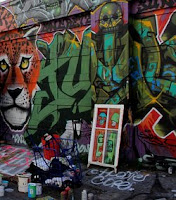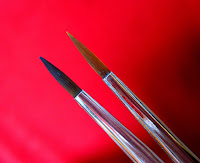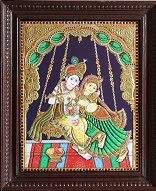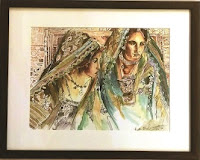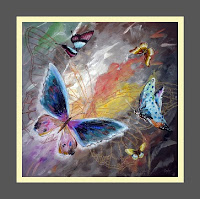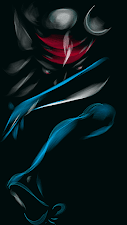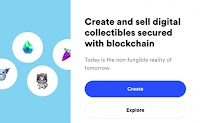Excel in Arts as self-taught artist.
Lot of new artists, or those who are trying out their artistic skills, asks for guidance. Most of them say, that they don't have any education in art (an excuse for their poor quality of work), and feel, that it's a big hindrance in their progress. They generally want to know, how to improve their work. They are just ignorant how to go about it. I understand their plight, as I myself am a self-taught artist and painting for less than one and half years. From my own experience I can clearly understand what they are going through.
Sometimes it is really difficult to answer their queries in short. These people are usually looking for instant formulas to jump up to a master's level. But there are no short cuts to be successful in art or to improve your quality of work with the twist of a magic wand. Sometimes the questions are really silly. But I appreciate that they ask. Asking, increases knowledge.
To help, assist aspiring artists, here with this article, I'll try to tackle the issues of improving quality of your work and progress with every new piece of art you create and overcome short-comings of not having a degree in art.
I always tell people to make more and more art. Practice… practice and practice. This is the only way to improve your skills. But along with making more and more art and practicing, you need to study as well. As you need to paint and create with a sense of direction.
Have a proper plan for your work in your head before starting off on the canvas. Though the visual, style, technique or treatment might change as the work progresses, as the brain is very imaginative and keeps working, thinking and flashing new ideas and images in front of you, and you think it will look even better. Never mind. The end result may be better than the one you had thought. Your work must have right path and progression. Learning is necessary to improve your skills and avoid incorrect practices. It's important to keep a check and correct your mistakes in time, so that they do not become habits in long run. Without proper knowledge or guidance, you will keep on repeating the same mistakes. You cannot succeed by ignoring learning and just by picking up a brush and start painting. And it can be achieved too, even if you missed going to an art college and didn't earn a degree.
We are fortunate to be born in this era of digital media, where a whole lot of study material is available on internet. Knowledge is scattered all around us. We should simply reach out and grasp it. Read books, blogs, articles, watch instructional videos and study works of other artists. We have a whole lot of great artists and master painters, who never went to art schools and or even started painting after the age of 70 and still succeeded. (Mind it they didn't have internet or even computers). The simple formula behind their success was learning, knowledge and proper direction.
It is equally important to devote sufficient time to study various aspects of painting, besides just picking up the brush and colouring the paper or canvas. Explore various possibilities of different media, tools and techniques. Study works of great artists. Know the material available in the market and how best you can bring it to your advantage. Find out things that can add a different style or effect to enhance the looks of your works.
Experiment how your drawing or painting effects can be enhanced by preparing, modifying or changing the surface you are working on. Possibly you can add some texture to the surface- soft or wild, depending on the subject and make your work look more appealing. This you can do with texture white, crumpled paper, using cement or anything you can think of. May be or simply scratch the surface of the paper with your nails or with some pointed objects. Change the way you use your paints by diluting, thickening, throwing, splashing, spraying, and blowing and/or by adding some other medium or material, adding it texture, making it grainy, luminous, dull etc. Understand your tool. Handle it in a different way to see, if you can achieve different effects. Look around your place, for things that can be helpful for you to paint or create some new effects. Drawing and painting is not limited to pencils, brushes or spatulas. Learn about uses of various mediums like fixative, varnishes, gels, etc. for preserving and making your work archival and their effects on the paints used. Give proper thought to the presentation part. Appropriate mounting and choice of right frame can enhance the beauty of your works.
Exploring knowledge on History of Art, origins of various schools (styles) goes a long way in enhancing your art. A tall building can only be elevated on a strong foundation.
Being a self-taught artist, you have the liberty to choose to paint in the style you wish to. But you must give a direction to your style. Don't let the monotony take over single minded subject or technique. Don't enter a comfort zone. Experiment till you develop your own unique style. Over time you will discover that you are really good at some particular medium, style, and tool or technique. The tools and the material obey your mind and hands. Regular practice and command over it will make you a brand in future. Just painting, probably you will be producing more work. But by painting and simultaneously exploring knowledge, you will be producing quality work.
- Artzyme.com/blog

